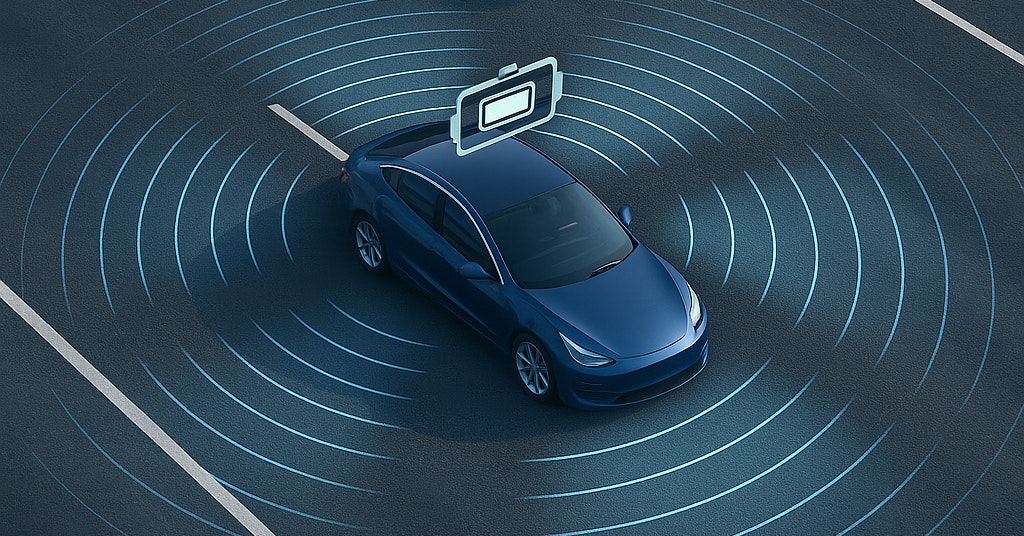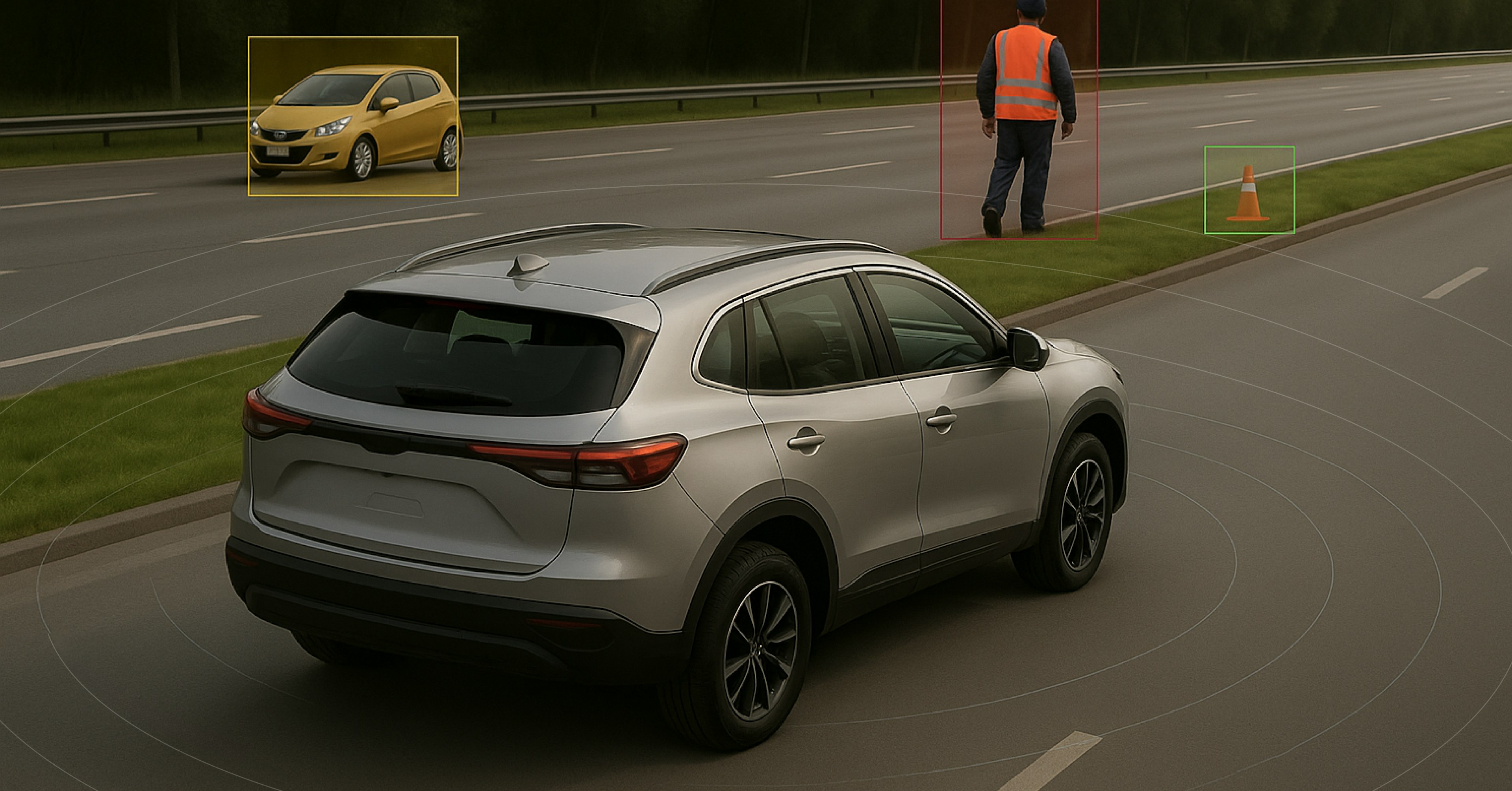The U.S. National Highway Traffic Safety Administration (NHTSA) has expanded its investigation into Ford's BlueCruise hands-free driving technology following two fatal crashes. In both incidents, Ford Mustang Mach-E vehicles were reportedly operating in BlueCruise mode at speeds over 70 mph when they collided with stationary vehicles at night. Preliminary findings suggest that the BlueCruise system struggled to detect and respond to these stationary objects, raising serious concerns about the system's limitations.
Sensor Modality Challenges in ADAS
The difficulties in detecting stationary vehicles and pedestrians highlight the inherent challenges in existing sensor modalities used in advanced driver-assistance systems (ADAS).
- Cameras:
Cameras excel at capturing detailed visual information, making them effective in identifying road signs, lane markings, and objects. However, their performance degrades in low-light conditions or during adverse weather like heavy rain or fog. - Lidar:
Lidar provides highly accurate 3D mapping of the environment and is adept at detecting stationary objects. But its high cost and sensitivity to environmental factors such as dust and snow limit its deployment in mass-market vehicles. - Conventional Radar:
Radar is robust in adverse weather and low-light conditions but lacks the resolution to reliably classify objects. This limitation makes it challenging for radar systems to distinguish between stationary vehicles, pedestrians, and environmental features like guardrails or roadside debris.
The combination of these sensor modalities often forms the backbone of current ADAS. However, the inability to reliably detect stationary objects in real-world scenarios—especially in challenging environments—remains a significant obstacle to achieving robust and safe autonomous functionality.
Innovations to Address Detection Limitations
Zendar’s Semantic Spectrum technology offers a promising solution by enhancing ADAS perception through AI models that ingest raw radar spectrum data. This approach enables higher-resolution object classification, making it possible to differentiate between stationary and moving objects even in complex environments. By addressing the limitations of conventional radar and augmenting existing sensor modalities, Zendar’s technology can help mitigate the risks associated with current driver-assistance technology.
Implications for Driver-Assistance & Safety Technology
As NHTSA investigations like the one into BlueCruise continue to highlight deficiencies in current ADAS, regulations are also driving changes to safety technology within the industry. NHTSA’s upcoming Automatic Emergency Braking (AEB) regulations, set to take effect in 2029 (FMVSS 127), aim to make AEB systems more effective in preventing collisions with both vehicles and pedestrians. These regulations will require manufacturers to demonstrate improved detection and response capabilities, including the ability to recognize stationary objects in various lighting and weather conditions.
Meeting these standards will pose a challenge for automakers relying on traditional sensor technologies. Zendar’s Semantic Spectrum provides a pathway to compliance by enhancing the precision and reliability of detection systems without relying on prohibitively expensive hardware upgrades. This ensures that life-saving AEB technology can be integrated throughout automakers' vehicle lines, including on entry level models.
Implications for Driver-Assistance Technology
As NHTSA investigations like the one into BlueCruise continue to highlight deficiencies in current ADAS, the industry is at a crossroads. Automakers must invest in more advanced sensor technologies to meet both regulatory requirements and consumer safety expectations. The integration of innovative solutions like Zendar’s Semantic Spectrum could be the key to achieving safer, more reliable driver-assistance systems at a cost low enough for mass-market vehicles.


